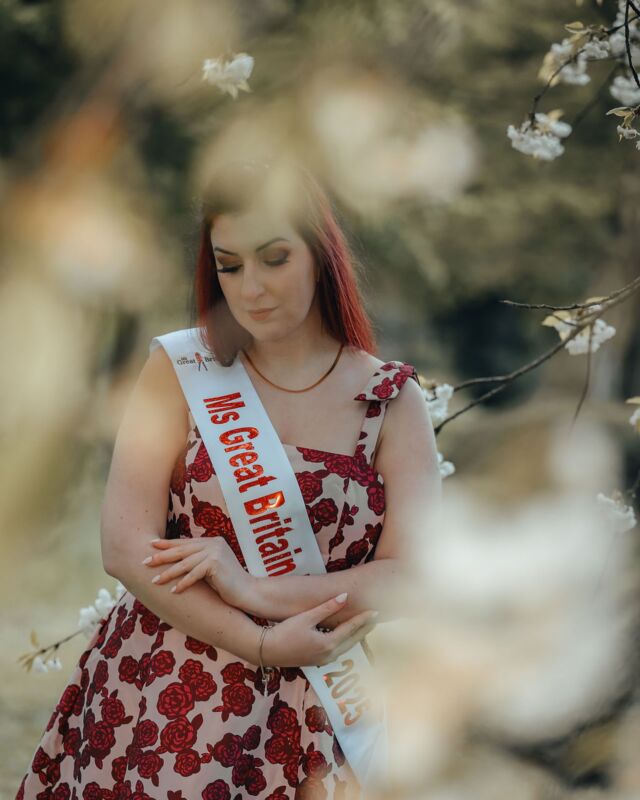Disclosure: Some of the links below are affiliate links, meaning, at no additional cost to you, I will receive a small commission if you click through and make a purchase. For additional details about this, please view our Privacy Policy here.
With Christmas drawing ever closer, amigurumis are being hooked up in their hundreds to gift to children everywhere. From this spawns the idea: “hey, I could make money from this!” And suddenly a crochet store is born. Here’s what you need to know about CE marking for crocheted items in the EU…
*this article should be taken as guidance only and I am not legally qualified or acting on behalf of any company or legal entity. Please seek independent advice where necessary.
Please be aware this information may change following Brexit.
I will be referring to the Toy Safety Directive 2009/48/EC which can be found in full here.
Individuals who do not abide by these laws in the EU are potentially putting children’s lives at risk, so please ensure you conform with the following safety legislation before placing your crocheted toy on sale. When purchasing, please ensure the crocheted toy conforms to safety standards and is CE marked.
Any toy that is designed for use by any child under the age of 14 must be CE marked.
A “toy” is defined as any product or material that is designed or clearly intended for use in play by children up to the age of 14 years old. If your product looks like a toy, could be mistaken for a toy or has “play value”, then it needs to be CE marked.
It must satisfy the ‘essential safety requirements’ in the regulations, be properly marked to ensure traceability of your company as well as having the CE mark and be accompanied by instructions for use, and warnings where necessary. These warnings include fire risk (think: acrylic yarn) and choking risk (safety eyes).
Products that do not fall under the regulation include:
- decorative objects for festivities and celebrations (Halloween- you’re safe!)
- products for collectors, provided that the product or its packaging bears a visible and legible indication that it is intended for collectors of 14 years of age and above – examples of this category are: (a) detailed and faithful scale models (b) kits for the assembly of detailed scale models (c) folk dolls and decorative dolls and other similar articles (d) historical replicas of toys (e) reproductions of real firearms
- products intended for use for educational purposes in schools and other pedagogical contexts under the surveillance of an adult instructor
- babies’ soothers
- fashion accessories for children which are not for use in play
If you are a manufacturer, you have to follow these six steps to affix a CE marking to your product:
- Identify the applicable directive(s) and harmonised standards
- Verify product specific requirements
- Identify whether an independent conformity assessment (by a notified body) is necessary
- Test the product and check its conformity
- Draw up and keep available the required technical documentation
- Affix the CE marking and draw up the EU Declaration of Conformity
This means that before placing a toy on the market, you need to carry out an analysis of the chemical, physical, mechanical, electrical, flammability, hygiene and radioactivity hazards that your crocheted toy may present, as well as an assessment of the potential exposure to such hazards. Yes really, your toy needs to be completely risk assessed.
As a crocheter, you will need to be aware mainly of these 12 rules:
- Toys and their parts must have the requisite mechanical strength and stability to withstand the stresses to which they are subjected during use without breaking or becoming liable to distortion at the risk of causing physical injury.
- Accessible edges, protrusions, cords, cables and fastenings on toys must be designed and manufactured in such a way that the risks of physical injury from contact with them are reduced as far as possible.
- Toys must be designed and manufactured in such a way as not to present any risk or only the minimum risk inherent to their use which could be caused by the movement of their parts.
- Toys and their parts must not present a risk of strangulation.
- Toys and their parts must not present a risk of asphyxiation by closing off the flow of air as a result of airway obstruction external to the mouth and nose.
- Toys and their parts must be of such dimensions as to not present a risk of asphyxiation by closing off the flow of air as a result of internal airway obstruction by objects wedged in the mouth or pharynx or lodged over the entrance to the lower airways.
- Toys, which are clearly intended for use by children under 36 months, and their component parts and any of their detachable parts must be of such dimensions as to prevent their being swallowed or inhaled (think: safety eyes). This also applies to other toys which are intended to be put in the mouth, and to their component parts and any of their detachable parts.
- The packaging in which toys are contained for retail sale must not present a risk of strangulation or asphyxiation caused by airway obstruction external to the mouth and nose
- Toys which are designed to emit a sound shall be designed and manu factured in such a way in terms of the maximum values for impulse noise and continuous noise that the sound from them is not able to impair children’s hearing
- Toys must not constitute a dangerous flammable element in the child’s environment. They must therefore be composed of materials which fulfil one or more of the following conditions:
(a) they do not burn if directly exposed to a flame or spark or other potential source of fire;
(b) they are not readily flammable (the flame goes out as soon as the fire cause disappears);
(c) if they do ignite, they burn slowly and present a low rate of spread of the flame; - Toys must be designed and manufactured in such a way as to meet hygiene and cleanliness requirements in order to avoid any risk of infection, sickness or contamination.
- A toy intended for use by children under 36 months must be designed and manufactured in such a way that it can be cleaned. A textile toy shall, to this end, be washable, except if it contains a mechanism that may be damaged if soak washed. The toy shall fulfil the safety requirements also after having been cleaned in accordance with this point and the manufacturer’s instructions.
Yes, that does unfortunately mean that to gain CE marking you will have to set fire, rip apart and murder your precious amigurumi. If you can’t bear to do that, then do not sell your product without the appropriate marking as you and/or your business will be liable for any injury that occurs as a result of the sale of your crocheted item.
Please pass this article on to as many people as you can with small children who may be affected, or any crocheters you know who might be looking to set up their own toy shop. CE marking and toy safety is no laughing matter and something we should all be aware of.
*gets off soap box*







 surrounde
surrounde



0 Comments